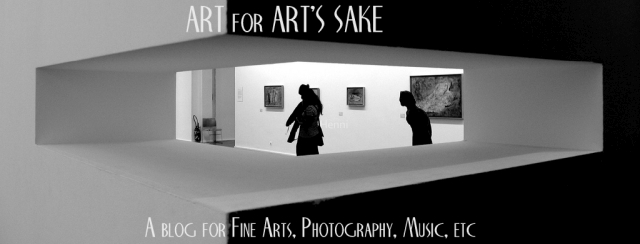The New Yorker is an American weekly magazine featuring journalism, commentary, criticism, essays, fiction, satire, cartoons, and poetry. Founded as a weekly in 1925, the magazine is published 47 times annually, with five of these issues covering two-week spans. Although its reviews and events listings often focus on the cultural life of New York City, The New Yorker has a wide audience outside New York and is read internationally. It is well known for its illustrated and often topical covers, its commentaries on popular culture and eccentric American culture, its attention to modern fiction by the inclusion of short stories and literary reviews, its rigorous fact checking and copy editing, its journalism on politics and social issues, and its single-panel cartoons sprinkled throughout each issue (from Wikipedia). The image above was made at the Photofunia site, which has no copyright issues.
In with a zing: this was the very first cover of the magazine setting the scene of what was to come. The subject is the dandy Eustace Tilley, a character created by Corey Ford (1902–1969). The drawing is by Rea Irvin.
I have not been able to find out who was the illustrator for this cover, but I like how it mixes simplicity with a little touch of Art Deco in the lady's hairdo.
October 1925
Showtime! A very clever minimalistic design, working with partially broken symmetry, with the revue girls depicted almost as stick figures. I could not decipher the signature of the illustrator.
Stanley W. Reynolds was one of the magazine's major illustrators during the first years, and this is one of his best covers.
February 1926
Cubism and Art Deco influences reign in this jazz-inspired cover- the first by
illustrator Vladimir Bobri (Bobritsky).
Stanley W. Reynolds once again, this time with some influence by the painter Modigliani.
That is quite a beach party they have going there, courtesy of
designer Eugene Gise!
Trust the New Yorker to depict the jazz age perfectly in one of their
vintage covers. Eugene Gise is the artist responsible for this little
gem as well.
Since I'm married to an artist, depiction of a painter and his/her model have a special attraction to me. This cover was done by Constantin Alajalov, another regular contributor to the magazine.
October 1926
Another Alajalov cover. It looks to me like they are getting ready to go hunting.
October 1926
Speaking of hunting - no doubt that this is what inspired this cover. An undecipherable signature of the illustrator unfortunately.
October 1927
And so we end in party mode at a diner-dansant. There are so many great covers from this magazine that I plan to do at least one more in the future.
Copyright statement: posting lower quality magazine covers is deemed fair use.



















































